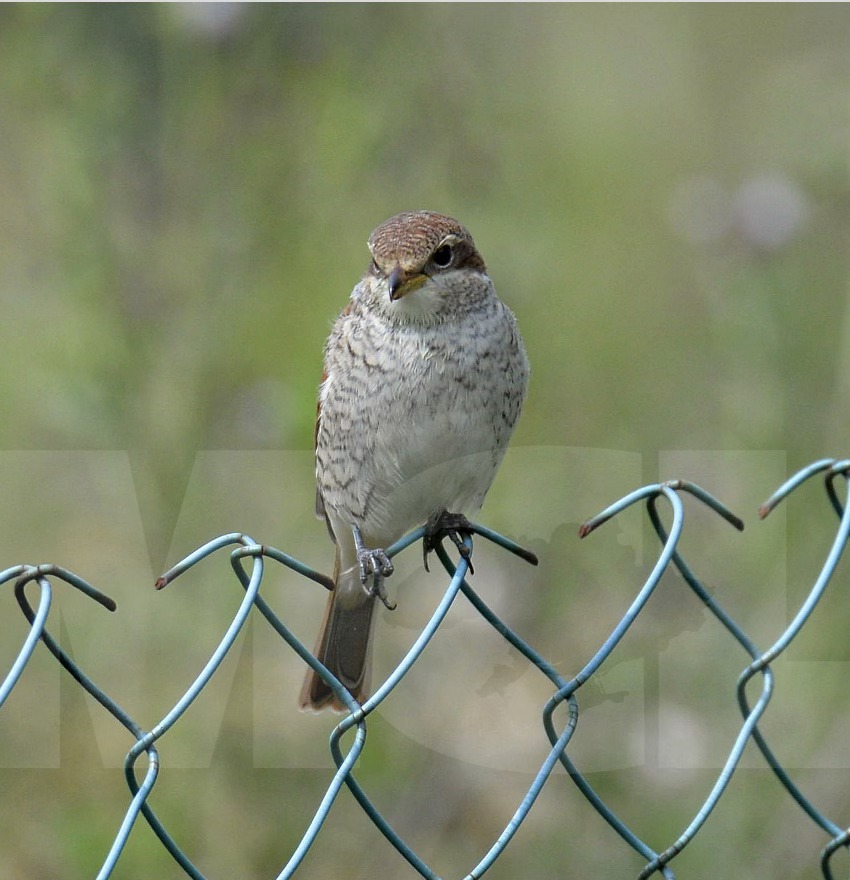
MCL’S TEAM OF ECOLOGISTS CONDUCTS ORNITHOLOGICAL SURVEYS AT VARIOUS LOCATIONS IN UKRAINE
Spring and summer are key periods for our ornithological surveys, as this is the breeding season for birds, when their populations are at their peak. This season allows us to thoroughly study their migration patterns, nesting sites—which are crucial for selecting future wind farm locations—and overall behavior and health of both the bird populations and their habitats. Any behavioral changes observed during these seasons can indicate levels of pollution, biodiversity loss, or other impacts of climate change or human activity.
Our team meticulously classifies each bird species encountered in the area, determining whether they are nesting, wandering, migrating, or settled. We also assess the population size, identifying species as rare, uncommon, or common, each with its conservation status. In studying bird migrations, we record weather conditions, flight paths, altitudes, and timing, with special attention to rare species.
We conduct these observations regularly to gather comprehensive data across all seasons, ensuring at least one full-year survey before any construction begins. This approach aligns with leading international standards and practices. We use two methods for the avian count surveys: line transects and point counts, enabling us to develop management plans for both short- and long-term impacts and risks. Our team includes experts in various zoological fields—ornithologists, mammalogists, herpetologists, entomologists, botanists, and ichthyologists—working together to ensure the thoroughness and accuracy of our assessments.
Serhiy Domashevsky, an ornithologist at the MCL, currently conducting survey in the mountainous valley Runa of Zakarpattia, shared interim findings from his observations: “The nesting bird population at this location is very small, comprising just over ten species. During migrations, the number of species increases significantly, with nearly all passing through this valley due to its high elevation in the mountains. Given this, I can preliminarily conclude that the development of wind energy in this particular valley does not pose a threat to the local bird species.”
________________
Ornithological surveys are an essential component of Environmental Impact Assessment (EIA), which are mandatory for every wind energy project. If the construction of a wind farm poses no significant threat to local flora and fauna, the project receives an Environmental Conclusion from the Ministry of Environmental Protection and Natural Resources of Ukraine. Additionally, the EIA report outlines strategies and measures to mitigate other potential impacts on local wildlife and suggests actions to improve their habitat conditions. MCL has been specializing in conducting EIAs for 13 years, bringing together a team of professional and experienced zoological experts, some of whom hold doctoral degrees.

